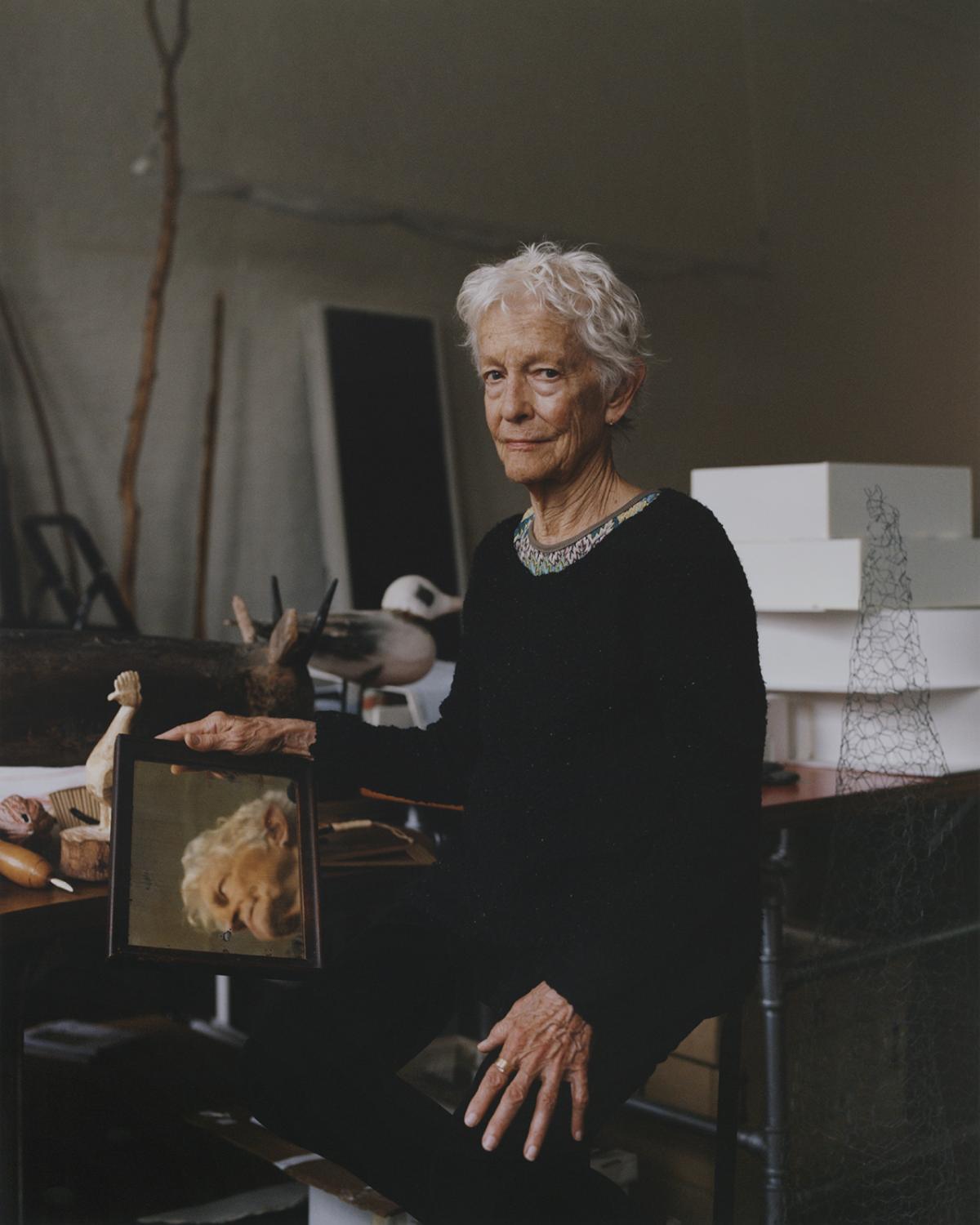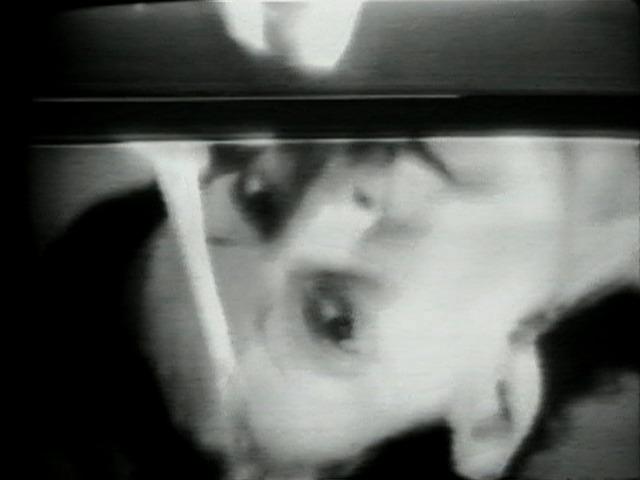
Have limited in-person interactions due to the COVID-19 pandemic made you more aware of how you look on screen, thanks to constant video chats and social media? Do you sometimes feel screens are your only conduit to the outside world? I have been thinking about this in my own experience, 10-months into the global health crisis, and finding resonance in SAAM’s time-based media holdings. Talking with colleagues across the Smithsonian about women artists and filmmakers in our varied collections, we’ve noticed how many of their works use the camera to explore their inner worlds, intimate aspects of daily life, and, presciently, what it feels like to be inside a media-loop where your own sense of self is impacted by how you appear on screen.
This powerful insight into the relation between cameras, screens, media stereotypes and contemporary identity is central to the groundbreaking work of video and performance artist Joan Jonas. Jonas helped redefine what art could be, beyond painting and sculpture, in the 1960s and 1970s, and remains one of the most important American artists of our time. Her field-defining early works explore the video camera’s unique potential for artmaking and individual expression. Feminist ideas inform these works, which deconstruct models of “femininity” promoted by the broader culture.
This is particularly true in Vertical Roll (1972), a canonical work in SAAM’s collection. The primary footage shows Jonas rehearsing as her alter ego Organic Honey, who wears a cutesy, but creepy, plastic doll mask and feathered headdress, and at other times a belly dancer costume. However, views of this masquerade are incessantly disrupted by a black bar moving from the bottom to the top of the screen. This vertical roll, which makes the video appear to jump frames, was a common issue in the technology’s early years. Jonas uses this glitch as a creative opportunity, a way to break up images of an objectified body and dissect how the video medium transmits ideas. Abstracted by these distortions and strange close-ups, Jonas’s on-screen persona walks, jumps, turns and freezes, claustrophobically contained within the space of the video screen. She even seems to strike the border of the monitor, as if her body was inside this box, beating in time to the rolling bar. This in turn matches the rhythmic staccato soundtrack made by a spoon striking a mirror. Throughout, there is a collapse of performance, still photography, recorded and replayed images that provocatively blurs layers of reality and representation, encouraging a questioning of their distinction at all. This intertwining of performance spaces and recorded spaces is one of Jonas’ most enduring innovations and an approach she has continued to explore throughout her six-decade career.
Jonas’s impact has only increased in the twenty-first century with more than eighty solo gallery shows of her work since 2000. Now, as we all find ourselves reflected in screens, wondering what is real, her work is more meaningful than ever.
On Thursday, February 4 at 5:30 p.m. ET, two works by Jonas—Vertical Roll (1972) from SAAM’s collection and Left Side, Right Side (1972) from the National Portrait Gallery’s collection—will be screened online followed by a post-screening discussion with the artist moderated by Saisha Grayson, curator of time-based media at the Smithsonian American Art Museum, and Charlotte Ickes, curator of time-based media art and special projects at the National Portrait Gallery. The event is part of a monthly series, Viewfinder: Women’s Film and Video from the Smithsonian, sponsored by the Smithsonian American Women’s History Initiative, Because of Her Story, and one of several entries focused on the timely theme of “interiority.”



















